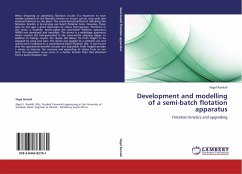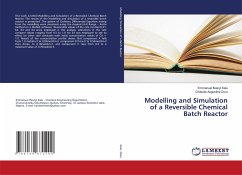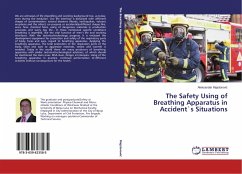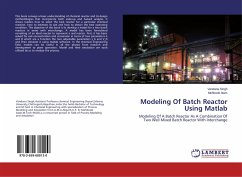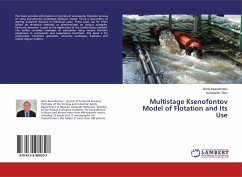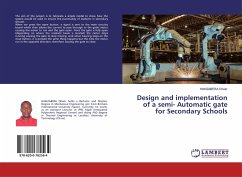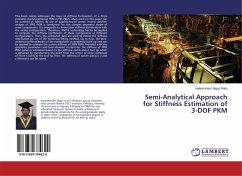When designing or optimising flotation circuits it is important to have reliable estimates of the flotation kinetics to ensure correct mass pulls and material balances on the plant. The conventional method of obtaining the flotation kinetics is by carrying out batch flotation tests. However, these tests do not give a good separation of values from gangue. Therefore in this study a flotation device called the semi-batch flotation apparatus (SBFA) was developed and modelled. The device is a multistage apparatus which recycles the tails generated in the concentrate cleaning stages. In addition to tailings recycle, the device also allows for froth height to be adjusted by using weir bars. The device was applied to a synthetic ore and results were compared to a conventional batch flotation test. It was found that the operational benefits (recycle and adjustable froth height) provide a means to improve the recovery and upgrading of values from an ore since the separation curve occur ina better domain than that obtained from a batch flotation test.

